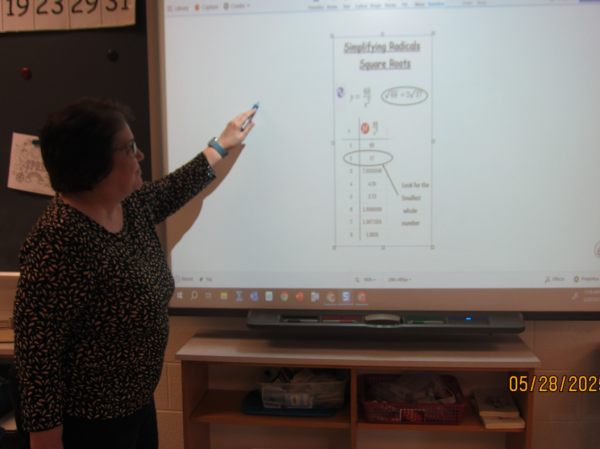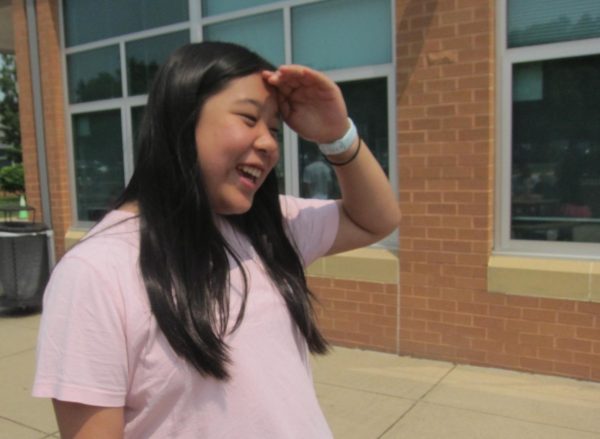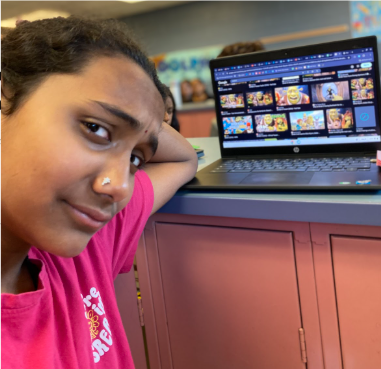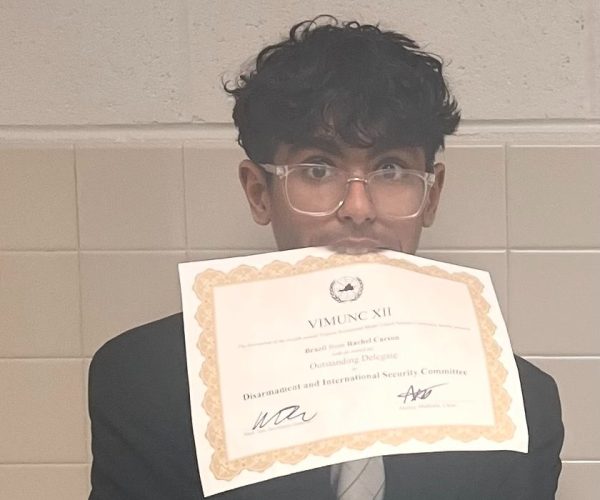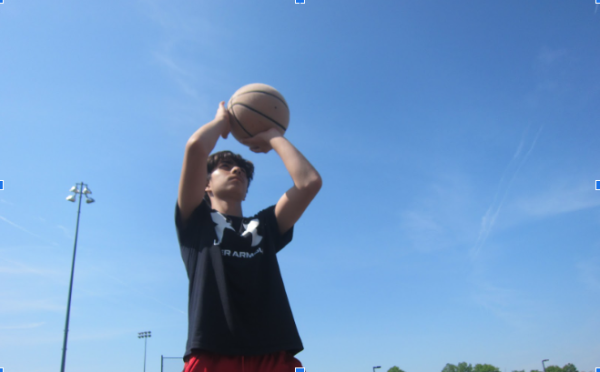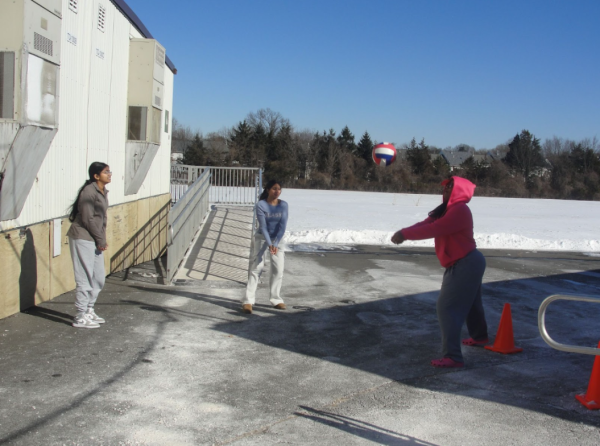Physical education curriculum updated
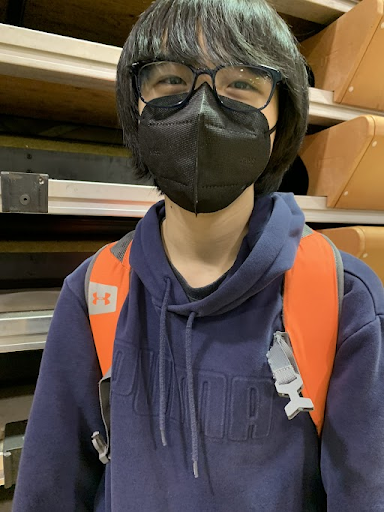
Brandon Lin, eighth-grader on the X-Treme Team, talks about his ideas to improve PE.
RCMS gym teachers throughout the year have followed the Health and PE curriculums of FCPS after a new, revised set of requirements was put into place by the Virginia Department of Education in January.
The PE curriculum used by FCPS is partly standardized by the state of Virginia, and the county also teaches certain subjects. Some topics which are covered are Fitness Conditioning, Fitness Planning, Sport Learning, and Rhythmic Dances. The health curriculum makes it required for students to learn Emotional and Social Learning, Drug and Alcohol Prevention, and Injury and Violence Prevention.
Mr. Jeremy Schutt, an eighth-grade gym teacher, says, “I think that the current curriculum has enough for students. Sometimes, they have some free choice for sports, but the current curriculum covers a lot of topics in detail. Additionally, it gives students more freedom than they have had in the last few decades.”
The county has improved the curriculum over time to include feedback from people in the county, by looking at what methods have worked in other places, and teaching students skills which will help them through life. According to the VDOE report, the new curriculum “encourages physical activity” and “helps students lead informed and healthy lifestyles.” The specific changes are adding a sub-unit to the Social and Emotional Learning Health unit and expanding the Rhythmic Dancing unit.
Mr. Schutt says, “It is great that the state is taking action to help make PE an informative and athletic class.”
Although we are required to learn these topics, there are still more that can be chosen at the discretion of the school. Students have expressed interest in learning online safety and giving students choices in what sports they want to participate in.
Abijith Ramesh, an eighth-grader on the Dolphins team, says, “We should have more freedom of choice for activities.”
On the other hand, it is often difficult to accommodate the needs of every student. Additionally, it would not meet the graduation requirements for students if they did not learn all of the coursework. For example, learning how to stay fit and perform CPR is a vital part of the learning standard.
Some alternatives which students suggest to our current health curriculum include injury treating and cyberbullying.
Brandon Lin, an eighth-grader on the X-treme team, says, “In Boy Scouts, I would learn how to treat cuts, bruises, and burns, and it would be great if we learn this in school.”
On the contrary, some students are fine with the current system.
“We should not have our curriculum chosen by people who are not affected by the changes, but with input from students,” says Laila Kebaish, seventh-grader on the All-Stars team. “I do agree that we have a strong education system, and hopefully it will continue to be improved.”
Students suggested many ideas, from being able to listen to music, forms that let students choose the sports they would like to see, and increasing funding for the physical education program.
Abijith says, “If FCPS budgeted for buying more PE equipment and to let us have bigger gyms, everyone would be happier.”
But while many students find complaints with the PE system, it is important to realize that not everything can be paid for and not everyone’s vision will be met. Nevertheless, PE has the potential to teach students what they need to succeed in life. In ninth grade, students learn about CPR and AED, which can save lives and is very important.
Brandon says, “I am really happy we are taught about things which we may need later in life.”
While school is primarily to teach students about later life, students are sometimes caught in the midst of disagreements, such as topics like PE.
Laila ends with, “While we have many issues in life, it is a good idea to slow down and appreciate the work which has been done to give us a proper education.”
Aryan Garg is an eighth-grader on the Voyagers team. In his spare time, he enjoys playing basketball and reading.
